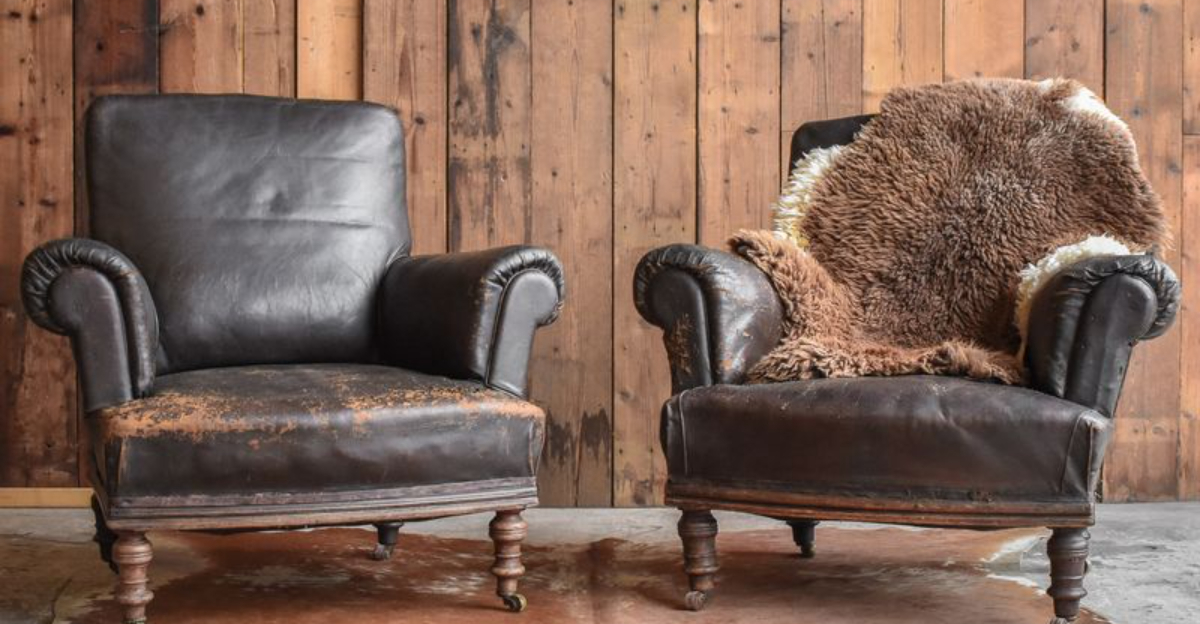As our homes continue to evolve with changing tastes and lifestyles, some decor elements stand the test of time while others fade into obscurity.
The coming year marks a turning point where we’re holding tight to pieces that carry meaning and function beyond mere decoration. Meanwhile, we’re finally ready to part ways with items that once dominated our spaces but now feel tired or inauthentic.
1. Worn Leather Armchairs That Tell Stories
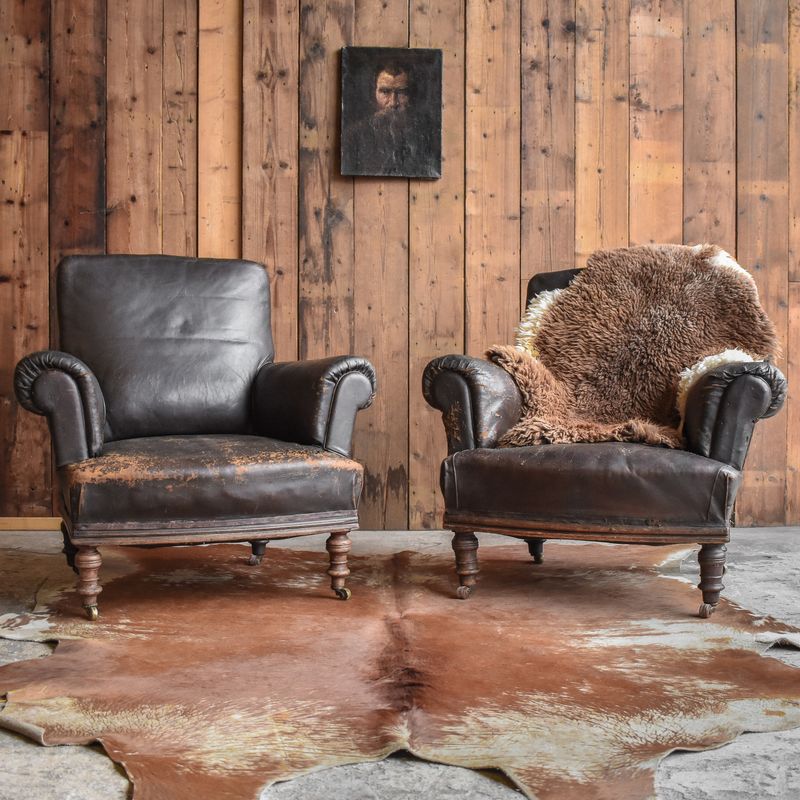
Leather that softens with every sitting, creasing at the arms where elbows rest during late-night reading sessions.
Unlike temporary furnishings, a quality leather armchair deepens in character as it ages—the patina recording family gatherings, quiet mornings, and countless conversations. A silent witness to life’s unfolding, becoming more welcoming with each passing year, never asking to be replaced.
2. Hand-Thrown Ceramic Vessels
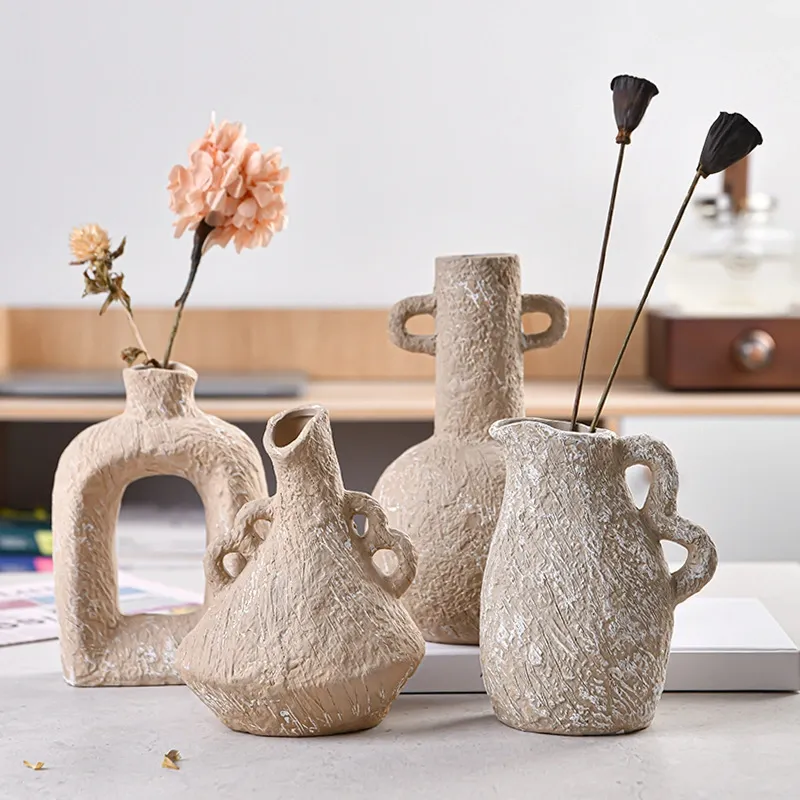
Slightly imperfect curves and glazes that never quite match reveal the human touch behind each piece. Ceramic bowls and vases made by actual hands carry weight beyond their function—housing everything from morning oatmeal to freshly cut garden stems.
Something about irregularity feels increasingly precious in an era of machine precision, making artisanal pottery an enduring presence in our kitchens and living spaces.
3. Heavy Linen Curtains That Dance With Seasons
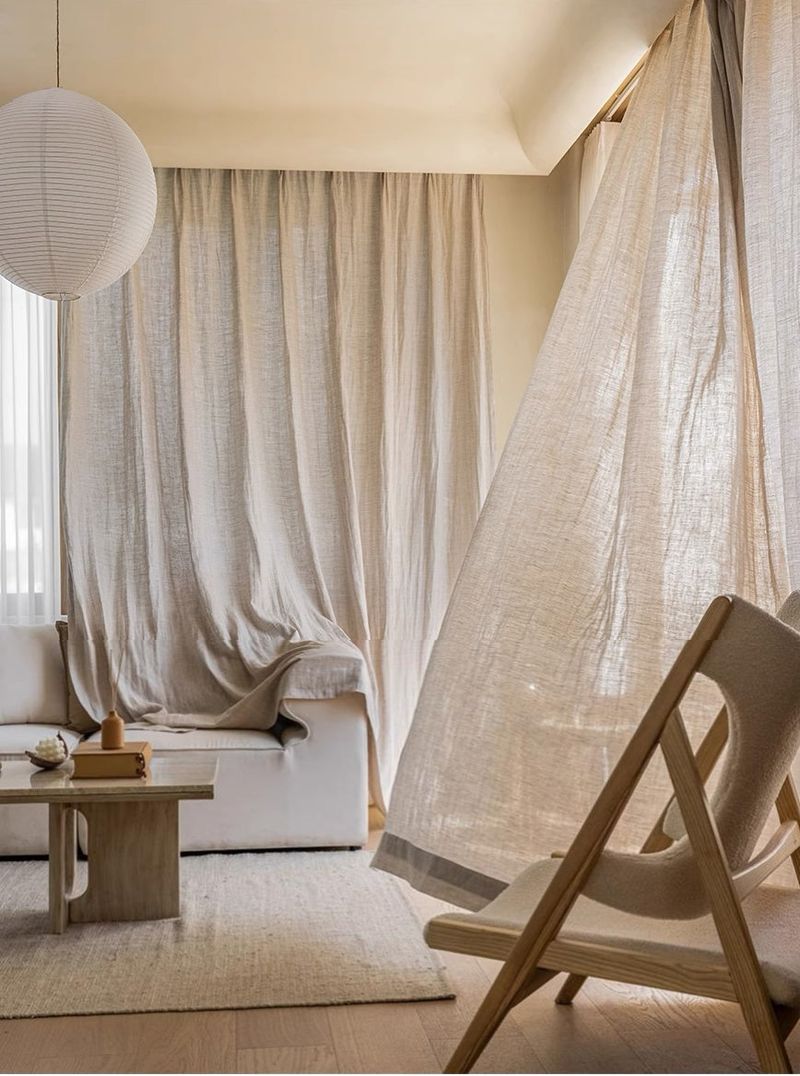
Morning light filters differently through linen—soft, diffused, yet substantial. Unlike synthetic alternatives, natural linen curtains breathe with changing weather, billowing slightly during summer breezes and hanging heavier in winter dampness.
Still commanding wall space for good reason: they age gracefully, develop character through washing, and never feel like a passing trend, instead marking the rhythm of days through filtered light.
4. Library Table Lamps With Pull Chains
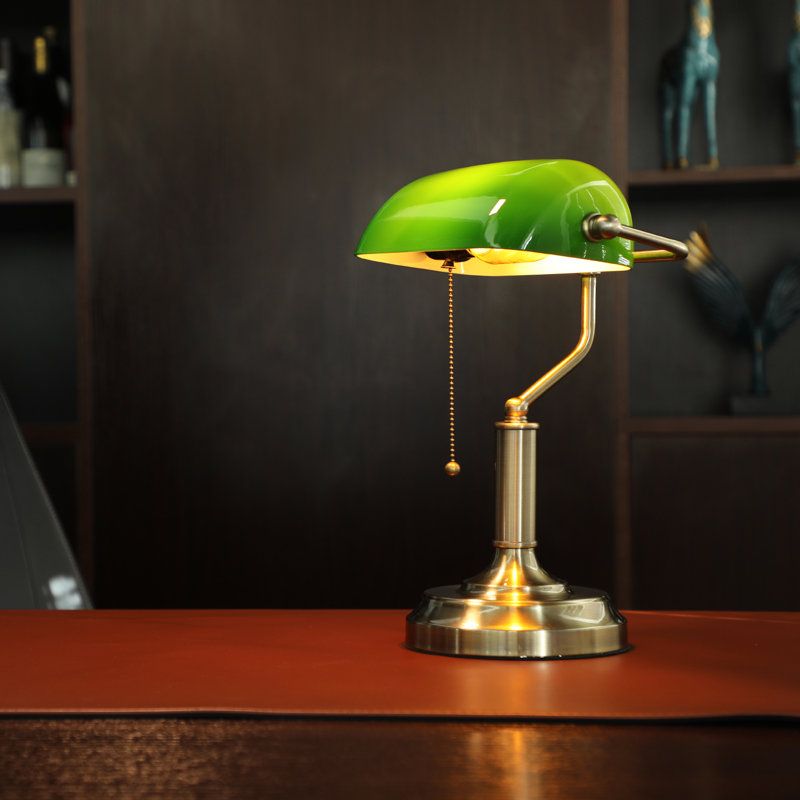
Remember that distinctive click? Pull-chain lamps bring ritual to evening transitions—a deliberate action marking day’s end or reading’s beginning. Brass bases that tarnish unevenly around fingerprints reveal where hands have reached thousands of times.
Green glass shades cast focused pools of light rather than flooding rooms with harsh brightness, creating intimate zones that invite lingering conversations or solitary pursuits.
5. Wooden Stools That Migrate Through Rooms
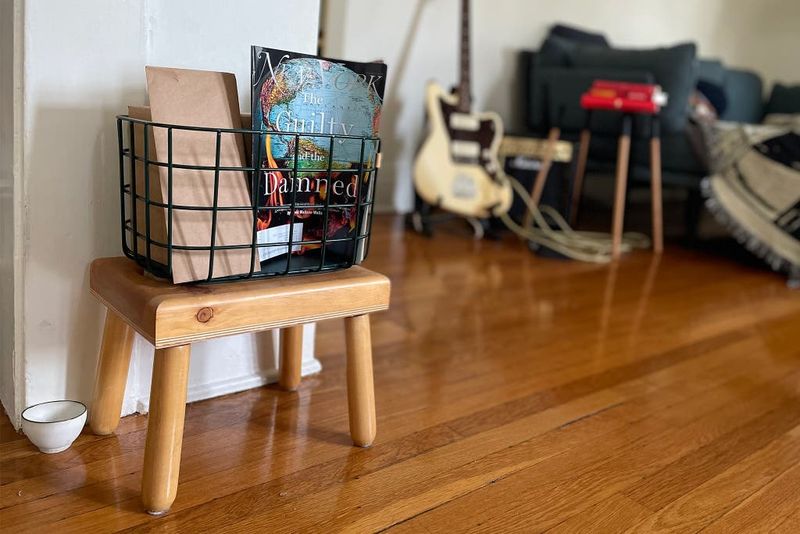
Humble wooden stools never announce themselves as design statements, yet somehow become essential household members. Found beside bathtubs holding towels, pulled up to kitchen counters during cooking projects, or becoming impromptu side tables when guests arrive.
Fingerprints and water rings mark their surfaces, recording decades of use without complaint—proving utility outlasts any decorative trend.
6. Wall-Mounted Bookshelves Sagging Under Weight
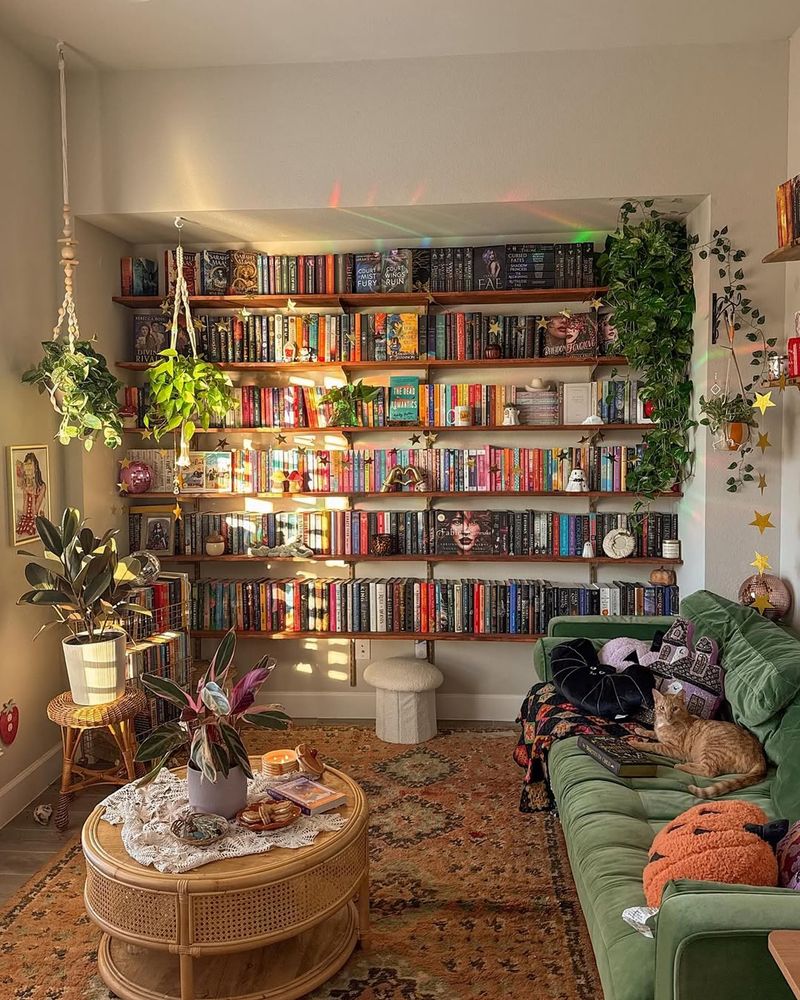
Books arranged by color briefly captivated Instagram, but real bookshelves tell different stories—spines cracked from multiple readings, odd sizes disrupting perfect alignment. Slightly bowed shelves reveal which volumes get pulled most frequently, mapping intellectual journeys and personal obsessions.
Unlike decorative objects purchased solely for visual effect, book collections grow organically, becoming physical manifestations of mental landscapes no algorithm could curate.
7. Inherited Cast Iron Pans
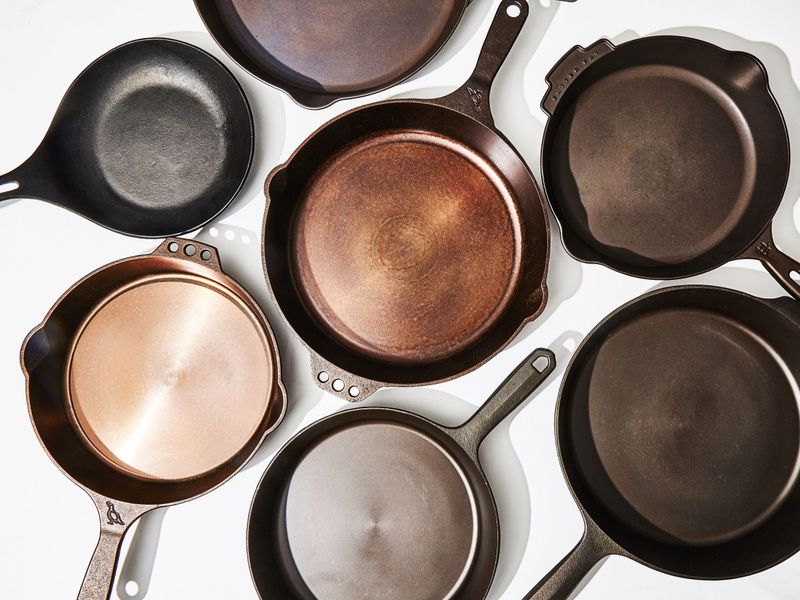
Blackened by decades of cooking, cast iron pans pass between generations carrying flavor memories no new cookware can replicate.
Heavy enough to require two hands, demanding respect and care, yet rewarding with perfect heat distribution and a cooking surface that becomes increasingly non-stick with each meal.
8. Lamps Made From Found Objects
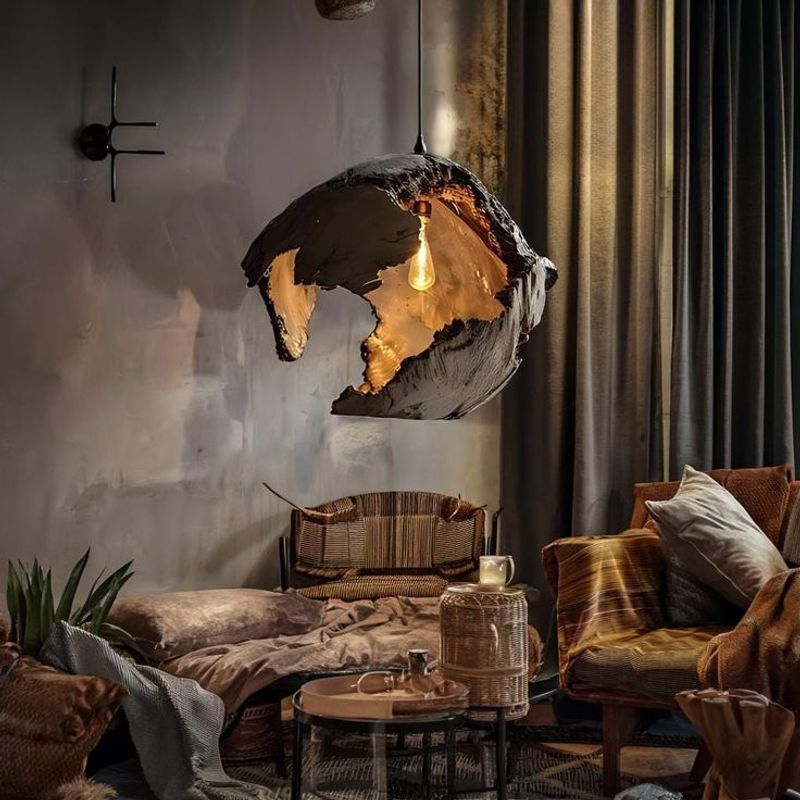
Old wine jugs, driftwood pieces, or antique tools transformed into lighting fixtures carry stories previous lives cannot erase. Converting ordinary objects into sources of illumination feels increasingly meaningful—a small rebellion against disposable consumer culture.
When someone asks about that unusual lamp base, conversations unfold about beach walks, vineyard visits, or workshop discoveries, making light fixtures portals to memories rather than mere functional objects.
9. Real Plants That Forgive Neglect
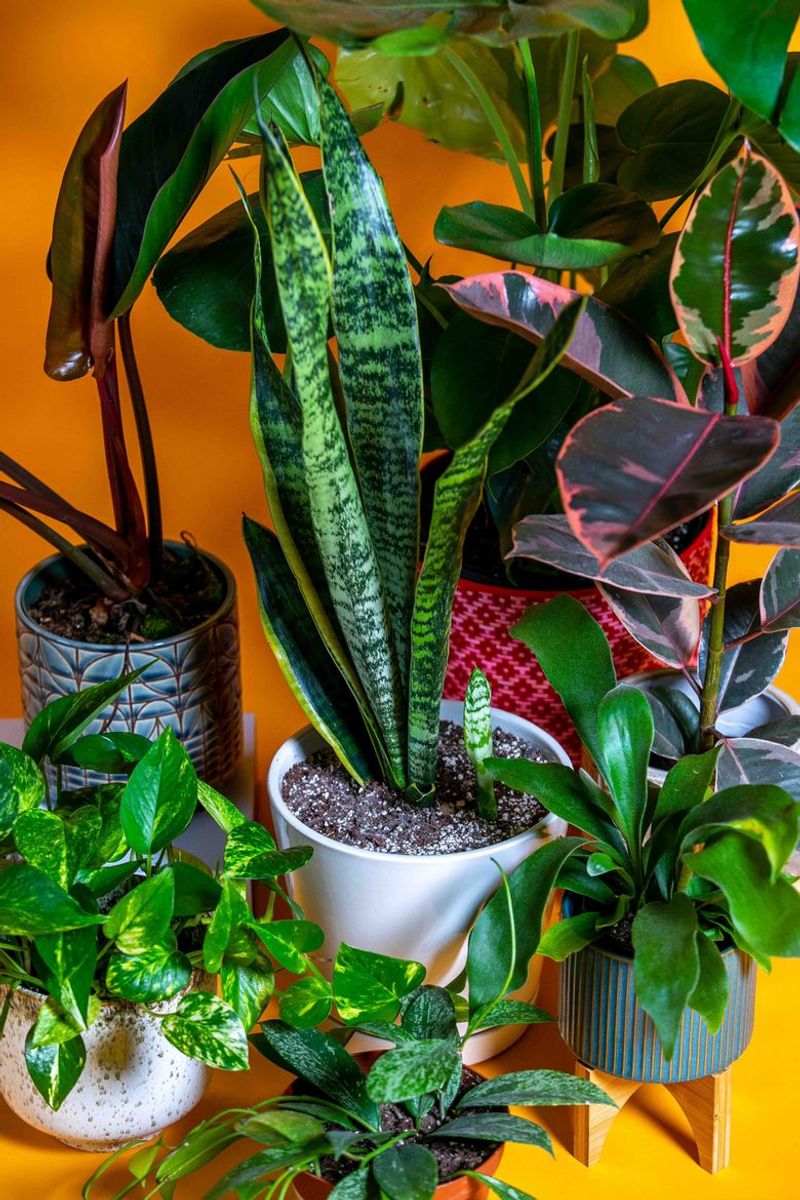
Snake plants, pothos vines, and resilient ZZ plants survived lockdowns, vacations, and forgetful watering schedules, earning permanent residency rights.
Leaves that have witnessed arguments, celebrations, and ordinary Tuesdays develop emotional significance beyond decorative value—making them impossible to replace with artificial alternatives.
10. Antique Mirrors With Clouding Edges
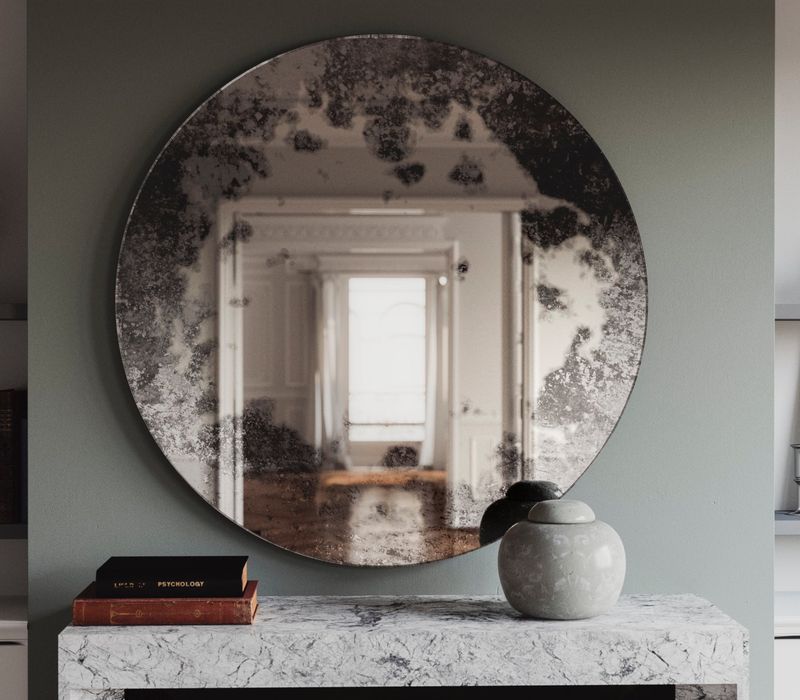
Modern mirrors reflect with perfect clarity, but antique mirrors hold something more mysterious—silvering that’s begun to cloud and oxidize around edges. Something poetic happens when reflection becomes imperfect, softening morning faces and candlelit evenings with gentle distortion.
Frames bearing chips and worn gilding remind us beauty deepens through living, not through perfection, making vintage mirrors irreplaceable witnesses to changing faces and passing years.
11. Word Art Signs That Miss The Point
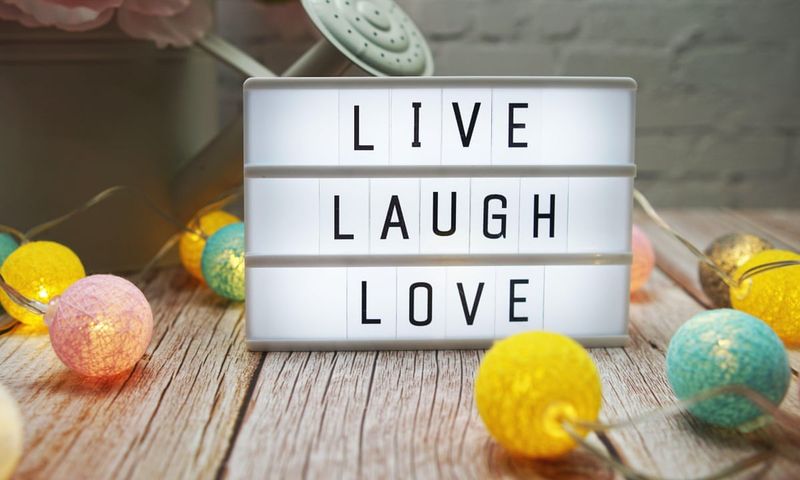
Remember when walls everywhere demanded we “Live, Laugh, Love” or reminded us to “Gather” in rooms clearly designed for gathering? Mass-produced typography stating obvious household functions or generic inspirational phrases quickly transformed from charming to exhausting.
Like an overeager party guest who explains jokes, word art signs stating what should be self-evident (“EAT” in kitchens, “WASH” in bathrooms) are finally being recognized as unnecessary commentary.
12. All-White Everything Kitchens
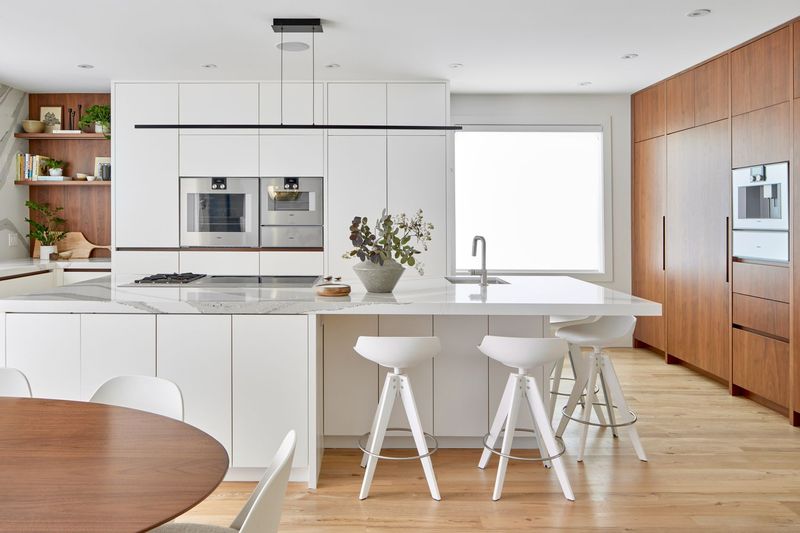
Clinical white kitchens dominated design magazines for years—promising restaurant-level cleanliness in family cooking spaces. Reality proved less photogenic: white cabinets showing every fingerprint, white counters documenting every coffee spill, white backsplashes highlighting every sauce splatter.
The pristine laboratory aesthetic required constant maintenance while creating cold, echoing spaces that never felt lived-in, making warmer, more forgiving materials increasingly appealing for actual cooking and gathering.
13. Barn Doors On Indoor Tracks
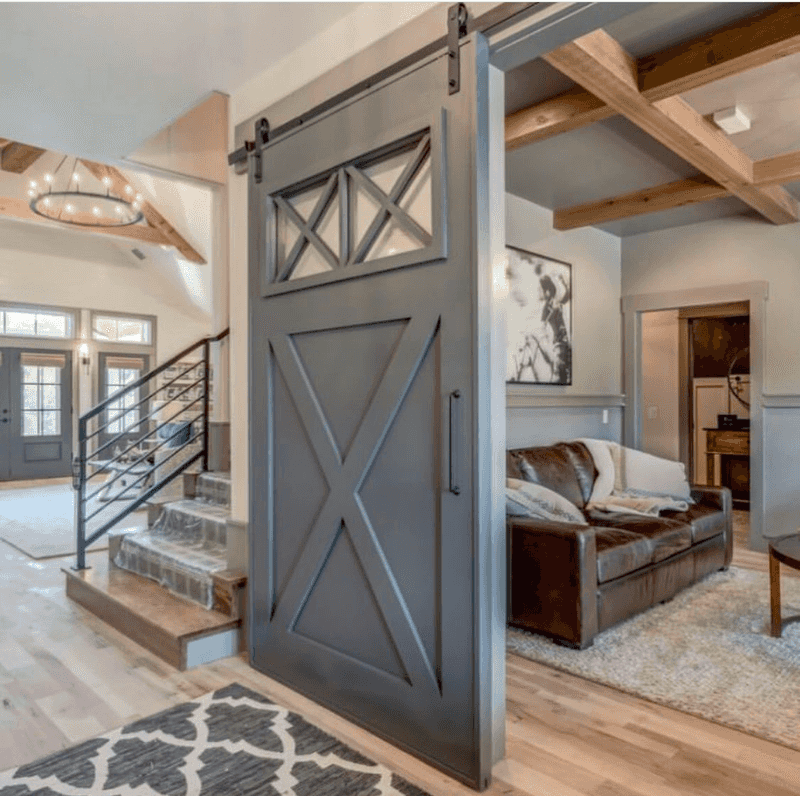
Initially celebrated as space-saving solutions, sliding barn doors quickly revealed fundamental flaws: poor sound insulation, incomplete privacy, and tracks that collected dust in hard-to-reach places. The agricultural aesthetic rarely made sense in urban apartments or suburban homes lacking actual agricultural connections.
As novelty faded, practical concerns emerged—doors that shake when closing, visible gaps at edges, and hardware requiring regular maintenance, making traditional hinged doors suddenly seem elegantly simple.
14. Chevron Print Everything
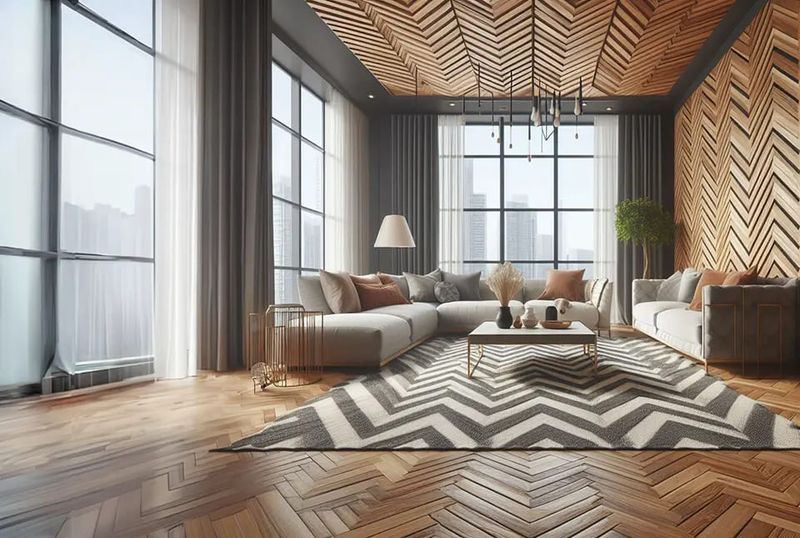
Zigzagging across pillows, rugs, and wall art, chevron prints briefly convinced everyone they represented timeless sophistication. Like many patterns that saturate Pinterest boards, chevron moved swiftly from fresh to ubiquitous to visually exhausting.
The sharp angles that once felt energetic began creating visual noise in spaces meant for relaxation, making subtler patterns and solid textures increasingly appealing as eyes seek visual rest from digital overstimulation.
15. Edison Bulb Overload
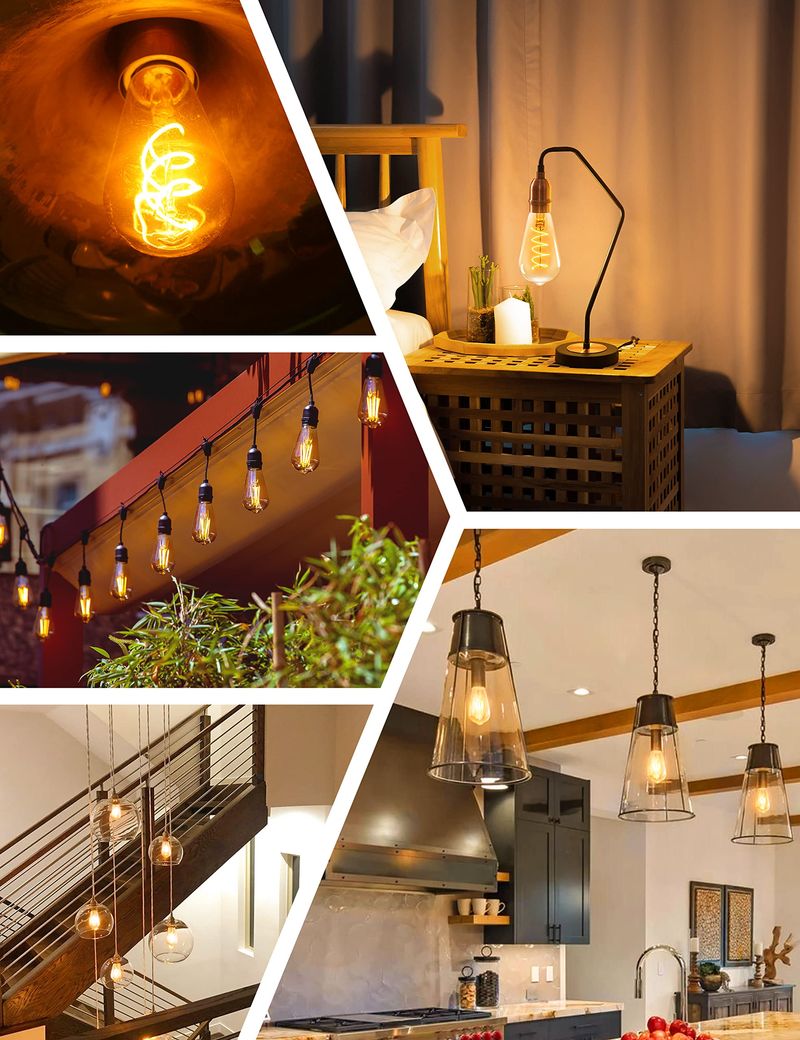
Exposed filament bulbs brought industrial chic into coffee shops, then homes—their amber glow initially feeling authentic and nostalgic. The romance dimmed as Edison bulbs proliferated in every pendant light, sconce, and table lamp, creating homes that felt perpetually like 1920s factories.
Beyond aesthetic fatigue, practical concerns emerged: harsh glare from unshaded bulbs, inefficient energy use, and the irony of making modern spaces feel intentionally outdated through mass-produced “vintage” lighting.
16. Faux Distressed Everything
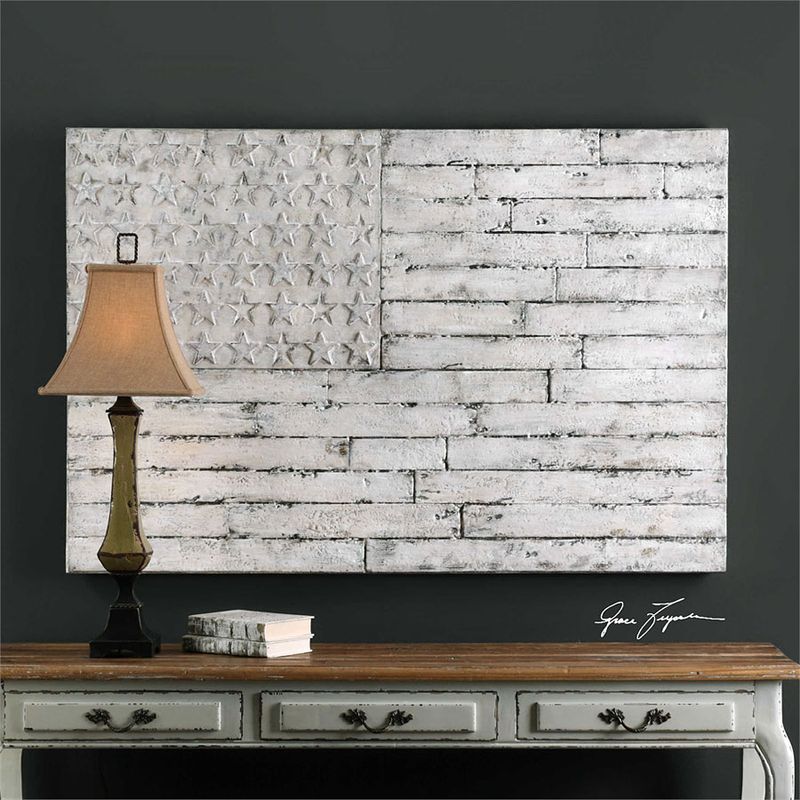
Factory-applied distressing attempted to shortcut character development—new furniture pretending to have survived generations. Unlike genuine wear that records actual living, machine-distressed surfaces applied identical “random” patterns to thousands of identical pieces.
The contradiction became increasingly apparent: mass-produced furniture artificially aged to appear unique and handcrafted, yet somehow all looking identically worn in identical places—an unconvincing performance of authenticity.

